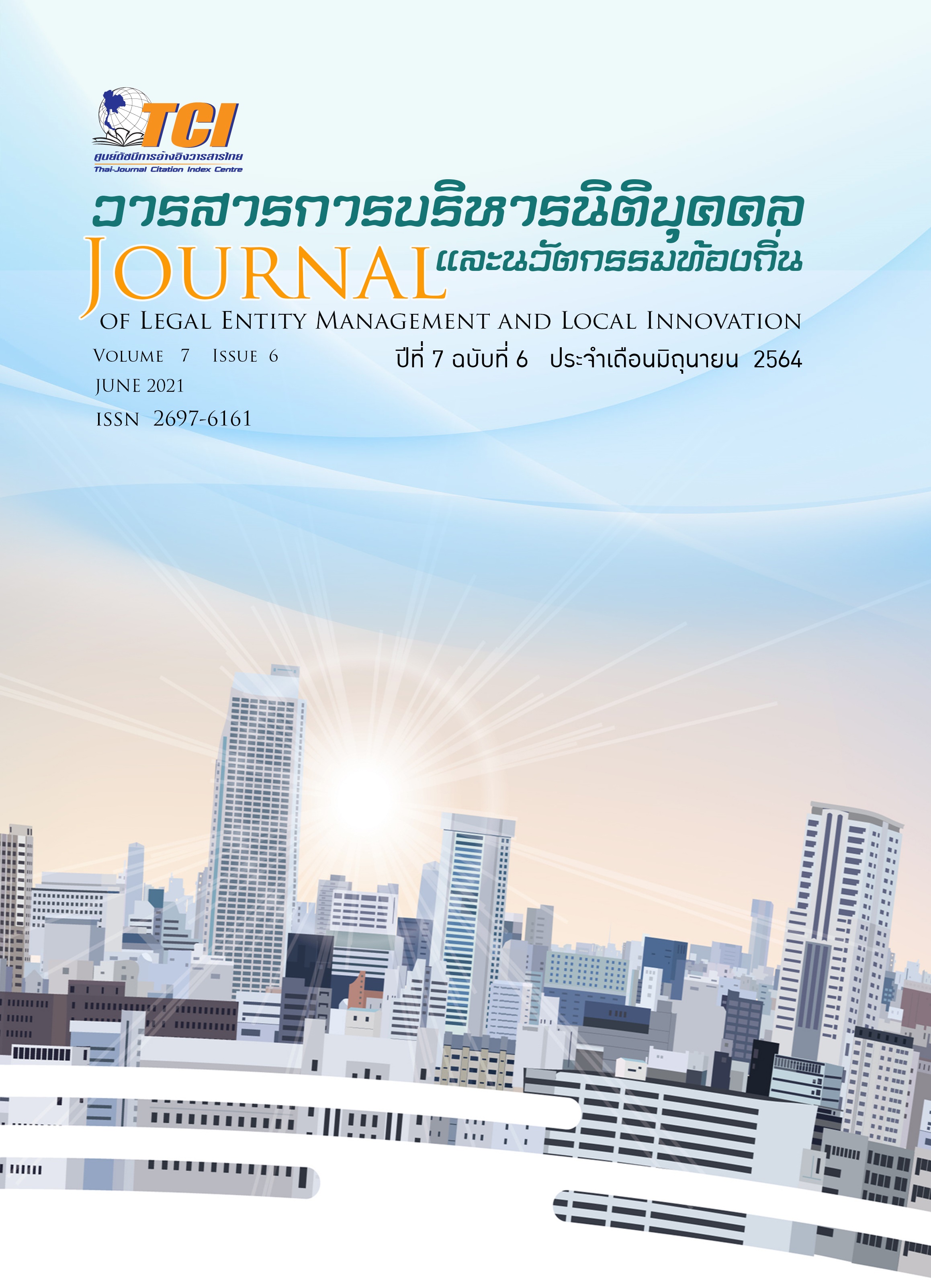Comparison Between Cost and Benefit of Planting Turmeric and Galangal as Intercropping of Farmers in Tha Chana District, Surat Thani Province
Keywords:
Costs and Benefit, Turmeric, Galangal, IntercroppingAbstract
This research aimed to (1) compare costs and return of an investment of planting turmeric and galangal as intercropping to increase the income of farmers; (2) to study suitable methods and distribution channels for farmers to supplement their income in Tha Chana District, Surat Thani. This research was a mixed research included quantitative and qualitative methods. Fifty samples were selected using specifying sampling technique. Data were collected using questionnaires. The data were analysed by comparing the net return. A focus group technique was used to collect data from 10 participants. The results showed that the net return was classified as an analysis of the accounting returns of turmeric planting, with an income of 27, 280 baht per rai, costs of 8,437 baht per rai, profit of 18,183 baht per rai, and net return rate of 69.07%. The cultivation of galangal had the income of 19,293 baht per rai, costs of 6,996 baht per rai, profit of 12,297 baht per rai, and net return rate of 63.74%. The economic returns analysis found that turmeric planting had an income of 27,280 baht per rai, costs of 11,465 baht per rai, profits of 15,815 baht per rai, and a net yield of 57.97%. The cultivation of galangal had incomes of 19,293 baht per rai, costs of 13,988 baht per rai, profit of 5,305 baht per rai and net rate of return of 27.50%. Planting turmeric had a higher rate of yield than galangal planting of 30.47%. There were 5 channels of distribution of turmeric. Most of the farmers sold products through a middleman. There has not been any cooperation between production and distribution. Therefore, there is still a relatively high market disparity.


